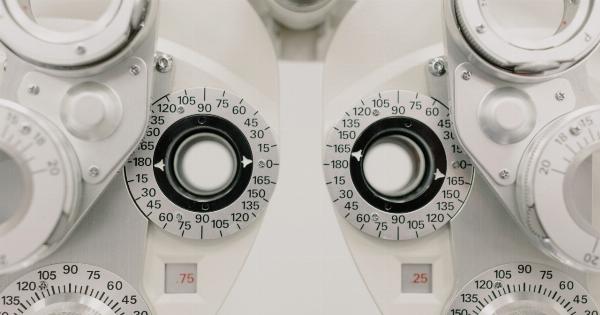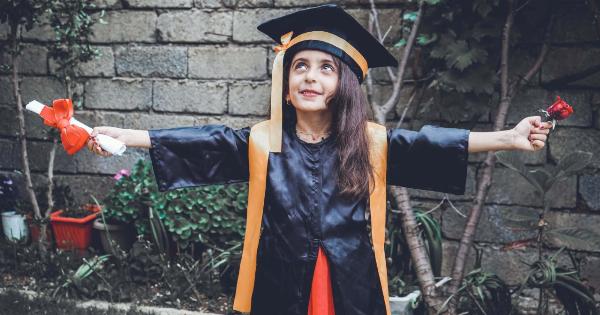Good vision plays a vital role in children’s development and learning. Children use their vision to explore the world around them, identify objects, and read books. However, visual problems can affect a child’s ability to learn and grow.
Studies show that visual problems affect at least 25 percent of school-aged children. The age factor plays a significant role in children’s visual problems. This article explores the age factor in children’s visual problems and how parents can identify the signs of visual problems in their children.
Infants (0-12 months)
Infants’ vision is not fully developed at birth. Newborns can only see objects that are about 8-10 inches away from their face. Over time, their vision improves, and they can distinguish between colors, shapes, and patterns.
Between 6-8 months, infants should have full-color vision and be able to crawl and explore their surroundings.
Parents should watch for the following signs of visual problems in their infants:.
- Excessive tearing or discharge from the eyes
- Constant eye turning
- Extreme sensitivity to light
- Failure to make eye contact
- Inability to track objects
- Redness or swelling of the eyes
- Squinting or closing one eye
Toddlers & Preschoolers (1-5 years)
Toddlers and preschoolers are active and curious, and their vision plays a crucial role in their development. Children in this age group rely heavily on their vision to explore and learn.
At this age, children’s eyes should work together, and they should be able to see clearly at different distances.
Parents should watch for the following signs of visual problems in their toddlers and preschoolers:.
- Frequent eye rubbing
- Difficulty recognizing colors and shapes
- Difficulty following or tracking objects
- Squinting or closing one eye
- Complaints of double vision
- Tilting the head to one side
School-Age Children (6-18 years)
School-age children are more likely to experience visual problems due to the increased demands on their eyes. Children in this age group spend long hours reading, writing, and using digital devices.
Common visual problems in school-age children include nearsightedness, farsightedness, and astigmatism. In addition, children in this age group may experience eye strain and fatigue due to prolonged use of digital devices.
Parents should watch for the following signs of visual problems in their school-age children:.
- Frequent headaches or eye strain
- Squinting or closing one eye
- Frequent eye rubbing
- Difficulty seeing the blackboard or reading
- Complaints of double vision
- One eye turning in or out
Conclusion
The age factor plays a crucial role in children’s visual problems. Parents should be aware of the signs of visual problems in their children and take the necessary steps to address them.
Regular eye exams can help detect visual problems early and prevent further complications. In addition, parents should encourage their children to take frequent breaks when using digital devices and practice good eye hygiene to reduce eye strain and fatigue.































